What kind of memory cards are there, what are they for, and how not to make a mistake and store unnecessary ones at home? These are the muddled questions most of the time we get confused about, especially when we go to shop a camera or mobile phone.
Good day readers! Today, I thought to iterate you about kind and types of memory cards are and for what purposes they are used.
Once a friend called me, he said that he bought a super tricked flash drive for his laptop – but it didn’t work. The point that surprised me was that he had already encountered such problems many times. At first, I thought the giant companies produce defective items intentionally. However, after he bought the according to his use and requirement, it really lasted long. I was incredibly astonished – the card worked well. At that time, I realized that many users need competent advice, which forced me to write a piece of complete information about SD cards.
General characteristics
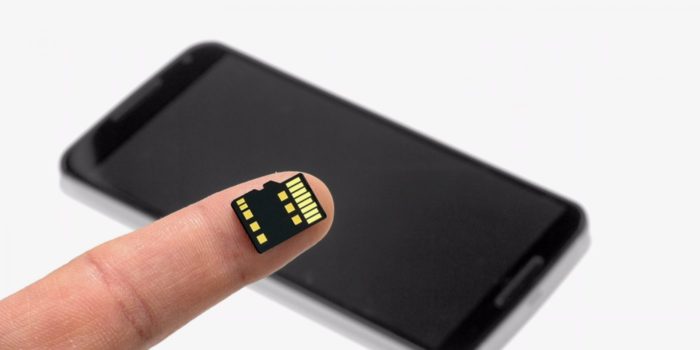
A memory card for a smartphone, iPad, laptop or computer is not the same bulky external drive that is used to expand the volume and save presentations, theses, projects, etc. A flash drive designed for mobile devices, including MP3 players and cameras, is a small plate with a built-in flash memory module.
Despite of the fact, SD cards have not lost their popularity to date; they are compact and reliable. Besides, you don’t need a power source to save files, it’s difficult to damage a USB flash drive and you can overwrite information on it unlimited times.
Size matters
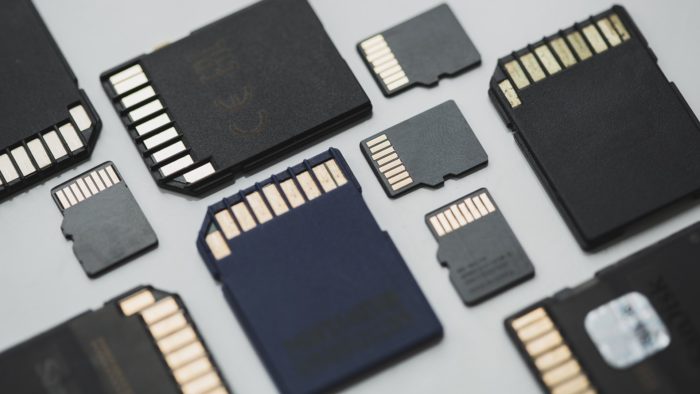
Mobile flash drives externally differ in form and structural factors. Today, there are practically no such “dummies” that can confuse micro SD and macro. For instance, I have mentioned below all relevant factors and parameters.
- Usually, the word “flash drive” is called micro SD. This device is small in size – only 1.1 cm wide and 1.5 cm high. It is easy to guess that the media is used for phones, tablets and other compact gadgets.
- Somewhat outdated mini SD format was originally created for small portable equipment, such as players. Today, it has lost its relevance, but still exists in the technology market. The size of the mini SD is 20 x 21.5 mm.
- The SD form factor is used in larger portable equipment – for example, a DVR or camcorder. A larger scale (32 x 24 mm) allows not only to store more information but also to expand the speed capabilities of the accessory.
Although each of these memory cards has its own purpose, you can play videos or view photos on any device using Card Reader. Suppose you need to get information from a phone, and it is exhausted (no battery backup left). But, you have a laptop at hand. Take the card reader, insert the micro SD into it and attach it to the device. Of course, the playback speed will be lame but not significantly compared to SD, but for emergency assistance, this option is quite good.
More about SD format
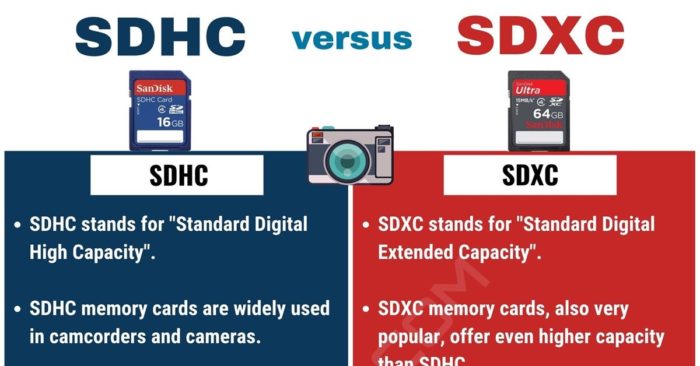
Flash drives are divided not only into models, but also into generations. There are three stages of the development of SD memory cards.
- SD 1.0 with the ability to record from 8 megabytes to 2 gigabytes. Pretty outdated format. On the other hand, the built-in volume of the tablets is at least 8 GB.
- SD 1.1; accommodating up to 4 gigabytes also remained on the sidelines of the progress of mobile technology. There was a time when they made a splash, but today they are not frequently used.
- The most popular SD cards to date are the types SDHC (Secure Digital High Capacity) and SDXC (Secure Digital Extended Capacity). The first format (SDHC) can store up to 32 GB – the standard memory of an average smartphone. When it comes to SDXC, you can record gigantic volumes up to 2 terabytes (more than 2000 GB).
The cost of SDXC is comparatively more than SDHC and not used by common people. Basically, this device as a carrier was not manufactured for everyday use, but to create reliable long-term storage. It is convenient to record archives of projects and files of large organizations on such formats. In the entertainment and media industry, SDXC is used only by professional cameramen, photographers and DJs.
The relevance of SD formats for modern devices
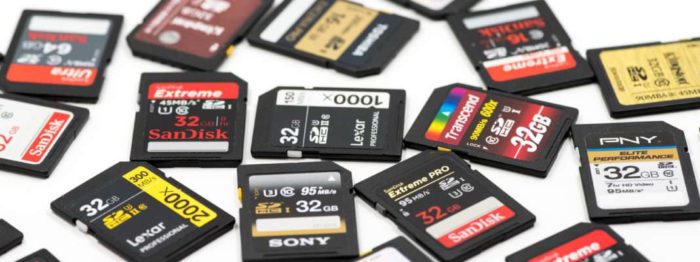
I always warn users – if they want to walk with the world, they need to be updated by hook or by crook. You don’t have to purchase expensive modern accessories, in the case of SD memory cards, ensure yourself where and why to use it, you would get to know what generation suits your need. For example, format 1.1 is accessible on a device designed for SDHC. Likewise, SDHC is accessible on a device that can read SDXC, but never vice versa. Remembering this, you will save yourself from wasting money.
Speed multipliers
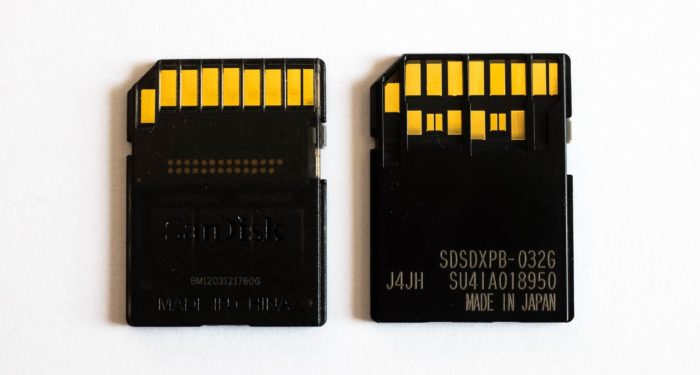
Often, the user is interested in how much information they can store in a USB flash drive, forgetting to clarify themselves regarding the options and requirements for the memory card in terms of speed. I have experienced several cases in my practice, where customers return excellent drives only because they didn’t match the format of their devices.
| Class SD | Minimum write speed, Mbps | Multiplier designation |
| 2 | 2 | 13x |
| 4 | 4 | 26x |
| 6 | 6 | 40x |
| 10 | 10 | 66x |
| 16 | 16 | 106x |
Most often, the classification is indicated by a simple figure enclosed in a circle (for example, 10). In some cases, manufacturers indicate a multiplier, which confuses an ordinary teapot.
Speed is important when recording and playing videos. You may have a very cool technique, but using a class 2 or 4 flash drive, you will not see the difference in the quality of a conventional files transfer speed and an action camera.
The SD 6 or 10 classes are good for everyday use on smartphones, tablets and DVRs. They are suitable for a camera used for non-commercial purposes. However, to record a truly realistic professional video, I recommend a speed class of 16.
Although it is worth remembering that the classification of memory cards should correspond to the device you own. You can find out this information in the instructions for the tablet camera or mobile. Moreover, for more details on SD card purchase guide, visit here.
When your device has high video quality indicators, do not skimp on the appropriate flash drive. If you haven’t used the SDXC format, you are not aware of what a memory card with a high write speed is.
A couple of tips for meticulous customers
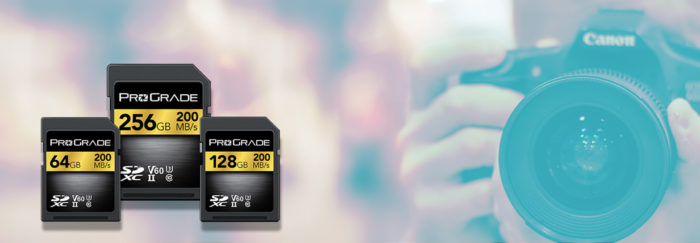
It happens that buyers don’t want to listen to a long list of merits and demerits of the goods, but immediately demand. If you belong to this category, it is better to familiarize yourself with the following tips:
- Fans of reading e-books and using a memory card solely for this purpose, usually an 8 GB flash drive is enough for them. If you are a real bookworm, take a 16 gigabyte.
- The same amount of memory is often enough to install a variety of smartphone applications.
- The movie fan tablet should have at least 32 GB of memory, and preferably 64 GB.
- If you love to take pictures? Focus on a volume of 16 GB or more. In case of frequent video recording, multiply the required volume by 2.
- Cool recorders need at least 32 GB of memory.

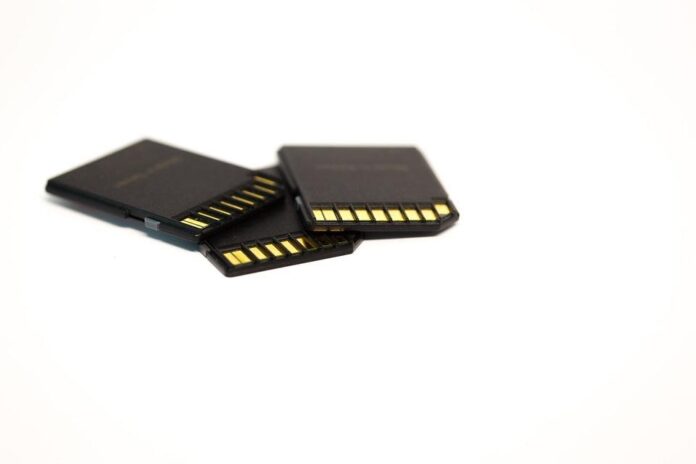



![Calgary’s Hottest Neighborhoods for Luxury Homebuyers [2024]](https://thewashingtonote.com/wp-content/uploads/2024/04/Calgary-324x160.png)



